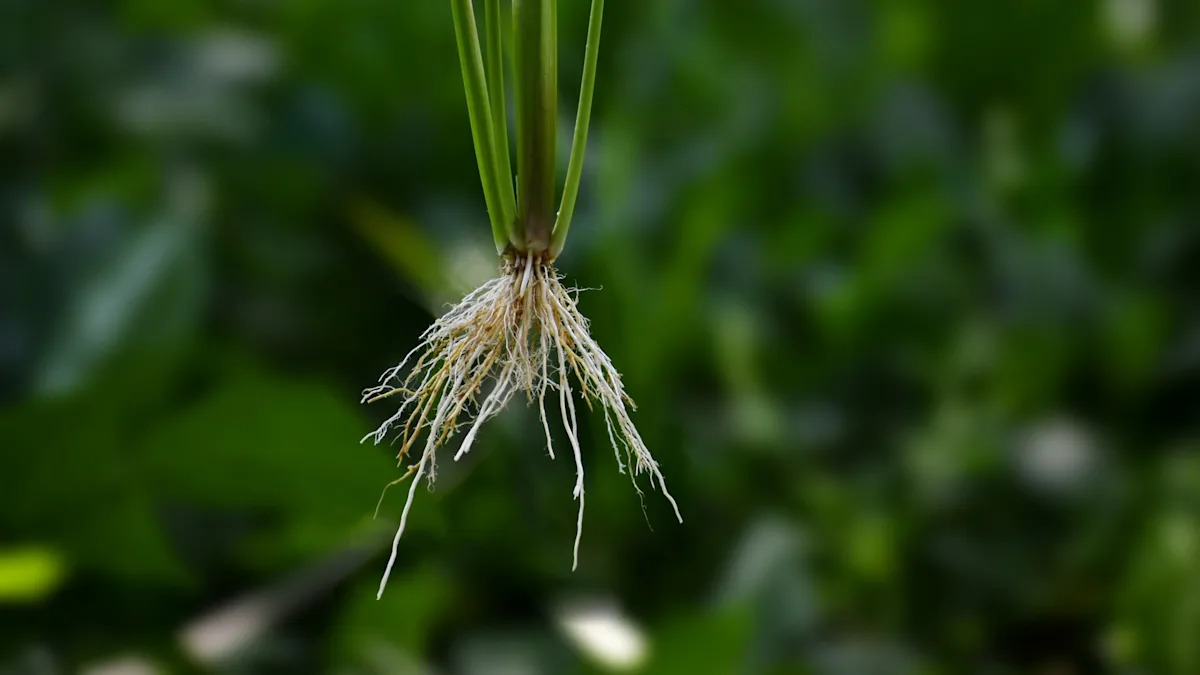Despite all we’ve learned about the natural world, there’s still plenty of mystery out there. That applies especially to rice, a global staple.
A group of researchers from the Nara Institute of Science and Technology (NAIST) dialed into an important puzzle that could facilitate more sustainable agriculture. They sought to answer how and why the crop can thrive in some areas without fertilizer, while requiring copious quantities in others.
Their multiyear study was published in Plant and Cell Physiology, and the team summarized their results in a press release. The scientists’ starting point was the importance of plant root microbes in aiding plant health in areas with poor soils.
Those microbes form symbiotic relationships, but many of the details with rice are currently unknown. The scientists chose an ideal canvas to discover insights by comparing and contrasting two fields in close proximity.
One of the fields had 70 years of rice growth without added fertilizers or pesticides. Despite the lack of chemical inputs, the field produced 60-70% of the output of a fertilized field, per the researchers.
The other nearby field was conventionally fertilized. Over a period of one to four years, the scientists took samples during the growing season and dove into the microbial DNA in the roots of the Japanese rice cultivars.
The research uncovered a number of insights. One was that, as the plants mature, microbial diversity ramps up. In the unfertilized field, nitrogen-fixing bacteria appeared to take the place of conventional fertilizer by taking atmospheric nitrogen and making it into a usable form.
Another takeaway was that, in the roots of rice from the unfertilized field, a gene responsible for nitrogen fixation was found in greater numbers. Lastly, the scientists learned about the differing types of bacteria in the growing stage.
While anaerobic bacteria were prominent in the early stages, aerobic and microaerophilic bacteria took on a greater role in the reproductive and maturation stages. The researchers connected that phenomenon to soil oxygen availability, which is impacted by growing practices like draining water.
“These results provide valuable insights into the assembly of the rice root microbiome in nutrient-poor soil,” the researchers declared.
The team’s work comes at a critical time for rice, as the crop faces a host of climate challenges. Malaysia is just one of many countries dealing with rice shortages, as rising temperatures and unpredictable weather wreak havoc on the crop. Disease is also posing a major threat to the crop in India.
Unsurprisingly, there are multiple efforts to bolster the crop. One includes putting zinc oxide nanoparticles to help the rice withstand higher temperatures. Another effort takes on the exact opposite problem, addressing rice’s resilience in cold temperatures. The team is also not alone in looking into the genomes of rice to try to generate crop improvements.
The NAIST team believes their work could eventually boost rice’s sustainability.
“Looking ahead, isolating these beneficial bacteria and utilizing them in customized microbial blends could pave the way for sustainable rice farming,” said study leader Yusuke Saijo.
Join our free newsletter for easy tips to save more and waste less, and don’t miss this cool list of easy ways to help yourself while helping the planet.
